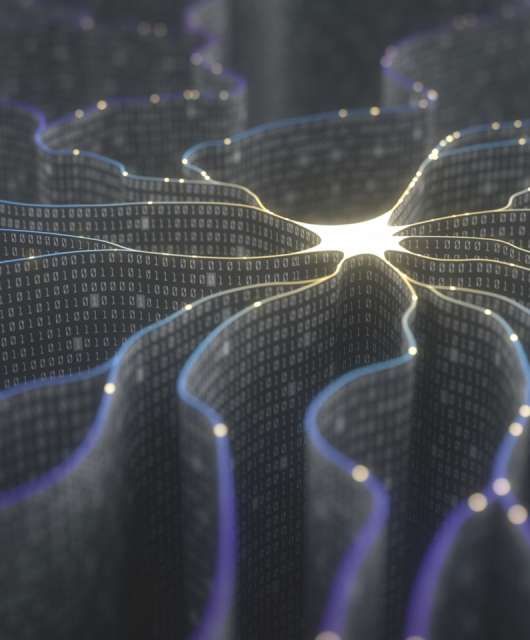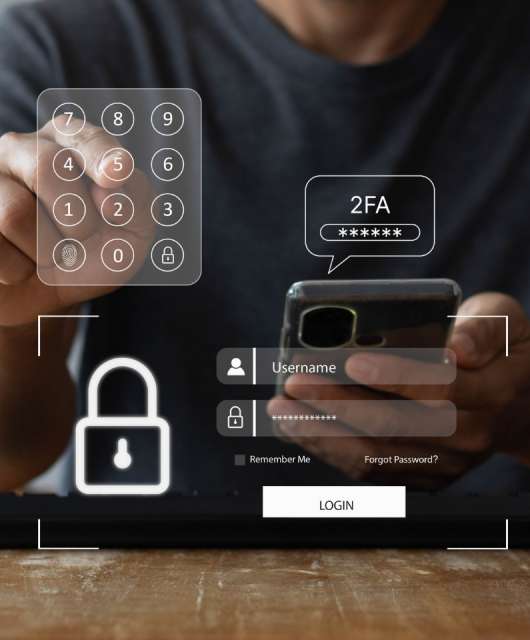Self-driving (autonomous) cars are all over the news recently. Firms like Uber, Google and Apple are working hard to develop intelligent vehicles that can make drive themselves without human assistance.
Clearly this technology is quite impressive. Learning to drive is hard enough for humans, whose brains are the most advanced supercomputers in existence. How much more difficult to train a relatively dumb computer to do the same?
The “human” factor in driving
Researchers are relatively confident that they have solved the problem of driving a car from point A to point B. They have also developed a range of very clever sensors that make these cars aware of their surroundings, traffic and pedestrians so that they can avoid accidents.
The problem is that other road users also need to know what the autonomous vehicle is doing. Human drivers will often make (polite) gestures to other road users, signalling their intention. It is not unusual for drivers to wave pedestrians across the road in front of them, or to flash headlights to signal they are giving way to oncoming traffic.
And occasionally drivers may even call out the window, or beep their horn.
But apart from using flashing indicators to allow other drivers to know their intentions, autonomous cars cannot give any of these innately human signals.
Copying human driver behaviour
Researchers are now looking at how self-driving cars may be able to mimic some of these driver behaviours. One patent application filed by Uber suggests using flashing signs to tell pedestrians what the car is about to do.
According to the pictures in the patent application, cars will be fitted with a series of displays on the door, bumper and rear-view mirror. These displays will issue pedestrians with instructions (“Please proceed to cross” for instance”), along with scrolling arrows to show which direction they should travel.
Uber has also suggested integrating a projector into the front of the car to create even more instructions. The patent application shows a pedestrian crossing projected in front of the car to make it even easier for other road users to know it is safe to move in front of the car.
With so many lights, screens and animations, the car (and instructions) will be hard to miss.
Hacking the “human” factor
There is one minor downside to all this extra technology being included in cars – a slightly greater risk of being hacked. Every additional connected device – screen, projector, sign etc – is a potential attack point for cybercriminals.
These new innovations may help to protect other road users – but they could also create new dangers for drivers and passengers if hackers can use them to take control of the vehicle.
Will autonomous cars speak to us?
Using digital assistants like OK Google and Siri, autonomous cars will undoubtedly talk to their owners and passengers. At this point however, none of the leading autonomous car manufacturers are testing voice announcements directed at pedestrians.
This is probably a good thing. Many people still regard the use of the car horn as being offensive and rude – a robotic announcement from nearby cars may be even worse.
Good news for pedestrians
The ideas in Uber’s patent may never be built into cars, but it does show that manufacturers are now seriously considering the welfare of people outside the vehicle. Which means that the roads of the future should be much safer for everyone.








